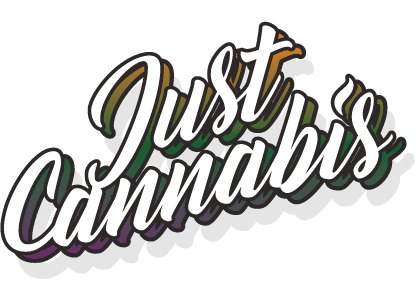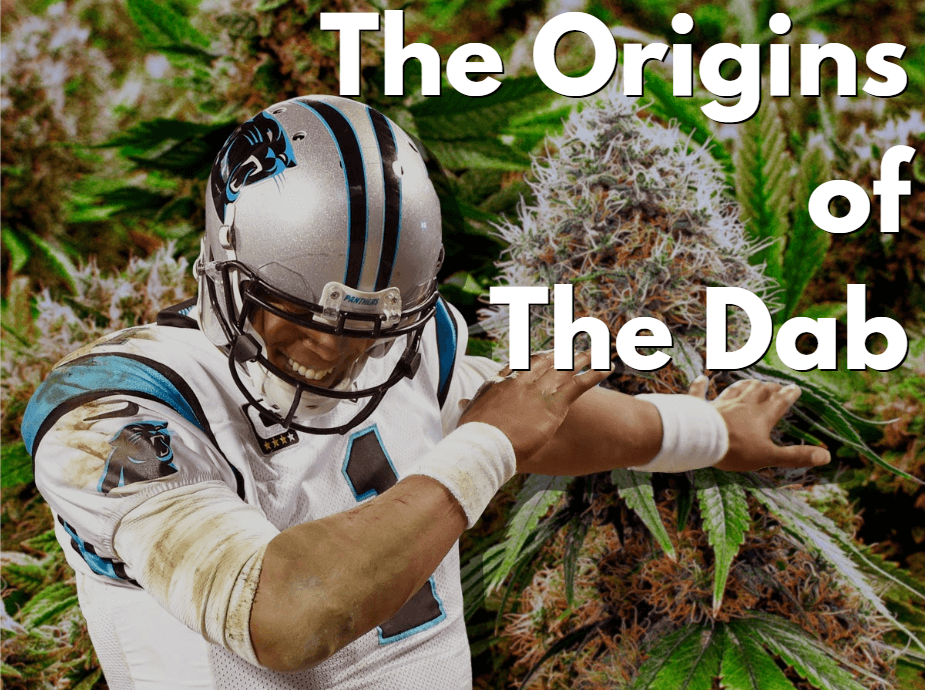Dabs
The Origins of The Dab
When people starting taking dabs over 10 years ago, it seemed somewhat offputting. First of all, anything that required a blow torch to get high seemed like a big jump from smoking joints. My friends would show me their concentrates which would look as far from weed as you could imagine. I’d watch them dab with these complicated contraptions, a blowtorch in hand, as they cough their lungs out after. I decided it wasn’t for me. That said, as time has progressed; so has society’s understanding of the world of cannabis, and that includes concentrates and their origins.
For a lot of previous generations, the only extract you could make with cannabis was hash, and most types do not work with dabbing. It carried on this way until several years after the turn of the century. Suddenly there where these products like shatter, live resin, budder, sauce and so on. It took a while for people to come around, but we now understand that concentrates are arguably healthier than smoking straight flower.
While dabs are often quite potent, they are certainly the purest form of THC you can get. This means a little goes a long way. They are also the best method for tasting terpenes and getting the most out of the cannabinoid content. What was once an intimidating process, dabs are no longer something to be afraid of. While they should be respected and used cautiously, on account of their potency, dabbing concentrates is actually one of the more enjoyable and effective ways to enjoy your cannabis.
Now in 2020, the blowtorch is becoming a thing of the past. E-nails and electronic rigs are changing the dab game as people can indulge effortlessly without the same mess or equipment. It’s never been easier to enjoy the best that the concentrate game has to offer.
Washington
As I write this, Washington State is on the brink of banning all cannabis concentrates. This kind of draconian thinking is going to force consumers to combust more flower to reach the same effect they would have with concentrates. Extracts like shatter and vape cartridges made up 40% of Washington State’s cannabis sales in 2019. If not for the potential ban, that number was very likely to rise as more people made the switch from smoking flower to concentrates.
The logic behind the dab ban is flawed and possibly intentionally convoluted. If all beers and spirits were to suddenly be limited to .5% alc, would the world just adjust their tolerance and drink the same volume? I doubt it. The more likely scenario would be people doubling and tripling their consumption to reach their desired feeling.
The thing is they wouldn’t do that to alcohol.
They are, however, willing to do it to cannabis, which unlike alcohol, has a lot of medical uses, many of which require high THC percentage.
So in honour of Washington State’s insistence on their return to the dark ages, we are going to look into the origins of dabbing. Many people claim that the popular dance came first. Others claim it was inspired by the act of taking a dab of shatter or budder. Where does the truth lie though?
The Dance
While the dance would eventually go viral, becoming one of, if not the best-known dances among youth, its story actually begins with much more humble origins in Atlanta. The capital of Georgia has been the home of many monumental artists in hip hop and trends in dancing that have impacted the rest of the world’s music scenes. Popular rap group Migos is credited with first bringing up the dab and, of course, performing the dance move, in their aptly named 2015 song Look At My Dab. While many are content to give credit to Migos, there are those within the Atlanta rap scene who believe the dance actually originated before them. The rapper Skippa Da Flippa released a song in 2014 called How Fast which features several performances of the dab move.
While Migos’ song helped bring the dance to the mainstream, many people attribute NFL player Cam Newton with being the first to perform a dab on such a public stage. He claimed it was his teenage brother who advised him to “dab on those fools”. After Newton celebrated a touchdown with a dab, the floodgates opened.
Cam Newton's TD celebrations are going to require a TV timeout if they get any longer pic.twitter.com/wEM28ZHPyD
— The Cauldron (@TheCauldron) October 18, 2015
The dance rapidly went viral. First, it was just other athletes performing the move while celebrating victories. Then non-athlete celebrities began doing it. Next students across America were dabbing. Even politicians on both sides of the aisle couldn’t miss an opportunity to ‘relate with the youth’ by dabbing.
Evil?
While the popularity of the dance move is undeniable, what exactly inspired it is still up for debate. Those who choose to ignore the similarity to dabbing cannabis explain the move as ‘sneezing into your elbow’. A much more popular theory, however, is that the dance replicates coughing into your arm after taking a dab.
One comically conservative Kenyan newspaper discusses the dab and its relation to cannabis in an article titled The Origin and Dark Meaning Behind the Dab Dance or ‘Dabbing’. It turns out the darkness they are referring to is weed. They explain “All in all, the dab could be an innocent dance move or maybe, just maybe, it could be tied to drugs and has just been passed through onto unsuspecting masses in form of a trendy dancing style.” As absurd as the notion of normalizing drug use through a dance move is, fear of a good jig is not new for social conservatives. Dancing has been tied to evil for a long time, but this was the first time I’ve known of it being feared for an alleged pro-drug message.
I went down a wormhole and found an unbelievable amount of articles that support the theory that dancing is evil and they are completely serious. This article explains that dancing is essentially inherently sexual (they’ve obviously never seen me dance). It suggests you avoid dancing at all costs. What about dancing for exercise, you ask? According to the article, as long as you dance at home, in private and with no sexual intentions, you can let your freak flag fly…
Dabbing Concentrates
It is unclear when cannabis users first started dabbing their concentrates, but a lot of evidence points towards the origins being in British Columbia in the early 90’s. A province certainly not new to cannabis innovation, the first dabbable concentrates that appeared came from the Budderking. Along with a friend, he experimented with extracting cannabinoids from cannabis flower. By leaving rubbing alcohol that had been pushed through cannabis on a windowsill until it evaporated, he was left with the first iteration of budder. The concentrate world snowballed from there as people began creating their own version of dabs. Soon, dabbing became a regular facet of the cannabis industry.

Looking at the timeline, it is pretty clear that the act of dabbing came first. Whether or not it influenced the move can only be answered by the people who created the dance, and since there does not seem to be any consensus on that, we are left to decide for ourselves.
Dabbing has changed the cannabis scene completely. Many would argue for the better, however, those who are wary of the plant’s relationship with mental illness would argue for the worse. As we’ve discussed numerous times, there are dozens of studies that explain if a person is predisposed to a mental illness like schizophrenia, cannabis can bring out symptoms and make matters worse. Nobody in their right of mind is arguing with this fact anymore. Where the trouble lies is in the insinuation that high THC alone will trigger mental illness in someone that otherwise has no relationship with schizophrenia. There is no evidence that suggests such a thing and the medical world is still undecided.
I’m not advocating for everyone to use cannabis concentrates. As with everything cannabis-related, it comes down to the individual. That includes knowing your genetic predisposition to psychiatric conditions. We are all our own best advocates and as responsible adult cannabis users, it’s up to us to make sure we are staying safe and avoiding products that can cause future problems. As the article states, yes, too much THC can cause psychosis “but so can overuse of caffeine, nicotine, alcohol, stimulants and hallucinogens”. None of these are subject to outright bans for adult use. They tried it with alcohol in the early 20th century and it caused nothing but problems. When has total prohibition worked? By banning concentrates Washington State is not protecting its citizens but is, in fact, forcing them to return to black market sources.
Looking back on the vape crisis this summer, all of the blame led back to black-market cartridges. And before people could buy their own shatter or live resin, dealers would put themselves in extremely dangerous positions, just to answer the demand for extracts. Regulation helps remove these bad players and dangerous situations from the game. By banning concentrates, the government is eliminating the black markets competition, which only encourages them to cut more corners and therefore put themselves and others in danger.
Prohibition has never been the answer. Why, as we enter the 2020s, after years of successful legalization, would Washington State take such a step backward, all due to dated and controversial science?









